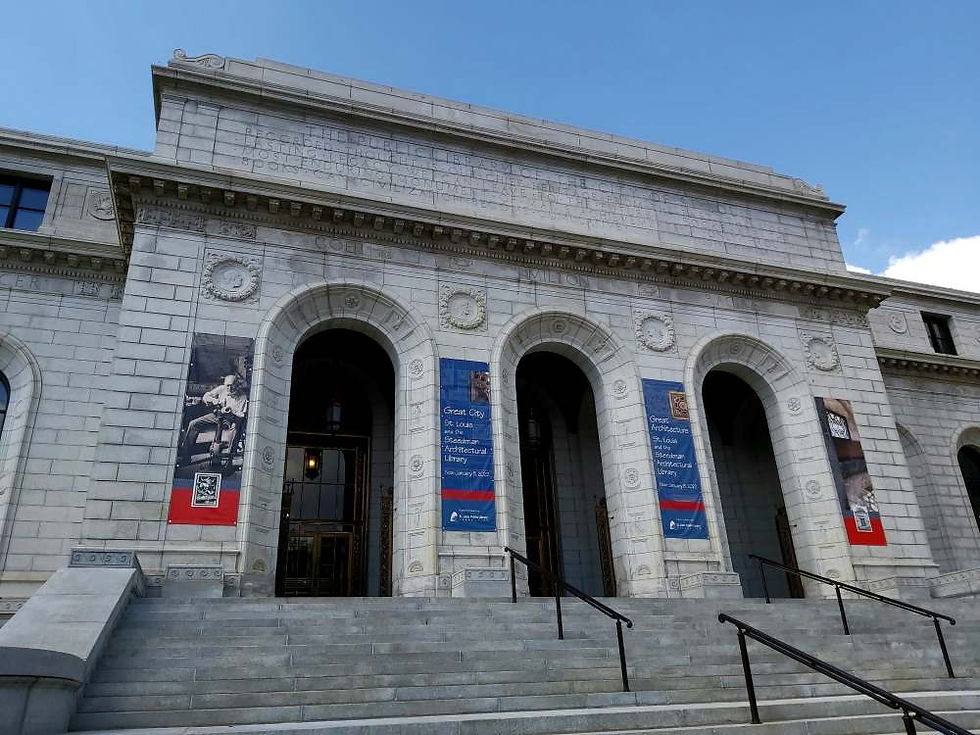Malaysia: Penang Clan House
- Matthew P G

- Dec 4, 2022
- 2 min read

Khoo Kongsi, Cannon Square, Georgetown, Penang. December 1985
your local chamber of commerce
The system of kongsi was utilized by Cantonese throughout the diaspora to overcome economic difficulty, social ostracism, and oppression. In today's Cantonese communities throughout the world, this approach has been adapted to the modern environment, including political and legal factors. The kongsi is similar to modern business partnerships, but also draws on a deeper spirit of cooperation and consideration of mutual welfare. It is believed by some that the development and thriving of Cantonese communities worldwide are the direct result of the kongsi concept. A vast number of Cantonese-run firms and businesses that were born as kongsi ended up as multinational conglomerates.
(Wikipedia)
To the casual tourist, the beautiful entrance and main building of a Hokkien or Cantonese clanhouse appears to be religious. In fact, those buildings were the headquarters of local Chinese Chambers of Commerce (for lack of a better term). Collections of businessmen supported each other through loans and networking all the while trying to establish dominance in certain sectors of the local economy. This was all done in an environment where the Chinese often faced oppression and ostracism not only from the government but also the locals.
The overseas Chinese played a vital (and contentious) role in the economic history of Southeast Asia. During the colonial period the locals of Malaysia and Indonesia especially were viewed as "not having heads for business" and overseas Chinese came to run the businesses required by their British or Dutch masters. Huge amounts of wealth and influence accumulated in those communities and some of that wealth has even spilled into the modern age. Their economic influence (and others' resentment of it) plays a major role in the politics of those countries.
The clanhouse is a religious structure in that it pays homage to gods and goddesses perceived as bringing wealth to the organization. However, it is not a "temple" per se. Instead, it serves as a meeting hall for the overseas Chinese business community, perhaps best viewed as a capitalist complex that incorporates a religious shrine as a token of good luck. Hedging business bets? If some religious offerings helped to improve business - why not!
Penang has a few clanhouses scattered across Georgetown and they are open to the public (the main courtyards). As those business owners became wealthy over the years, they made their clanhouses more and more opulent. Today they stand as a legacy to the hard work of the Overseas Chinese. In the modern age some of the former clanhouses have morphed into business conglomerates. The old buildings are just kept on as tokens of good luck and for nostalgia's sake. If it ain't broke don't fix it?
For me, how visitors can misjudge a building based on appearance is funny. "oh it's just another Chinese temple". Actually not - but just labeling it "a Chinese clan house" does not even begin to explain its true function either.



Comments